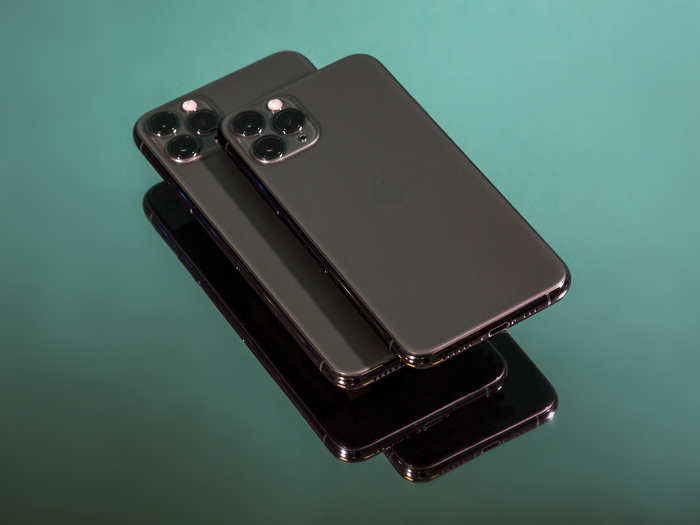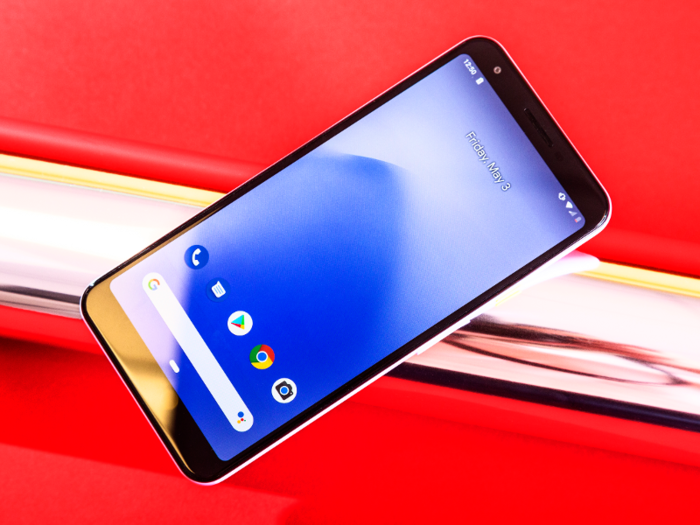Smartphones are getting cheaper as sales have suffered in recent years
The decision by tech giants to launch cheaper smartphones probably isn't a coincidence either. The industry has grappled with slowing sales over the past couple of years, with global shipments only starting to rebound in the third quarter of 2019 after seven consecutive quarterly declines, according to the International Data Corporation.
Part of that growth could be thanks to the rising prominence of cheaper smartphones. In the second quarter of 2019, when smartphone shipments were still in decline but performing better than in previous quarters, the IDC cited "vastly improved mid-tier devices that offer premium designs and features while significantly undercutting the ultra-high-end in price."
Put bluntly, it's possible that people simply are no longer willing to pay $1,000 for a new smartphone. A study from NPD Group published last month also found as much, saying that less than 10% of consumers are paying more than $1,000 on new smartphones.
Smartphones didn't always cost that much. In fact, it seems $1,000 only became the norm for smartphone prices in recent years as devices gained new features like borderless screens, facial recognition, and more advanced cameras. The iPhone X, which launched in 2017, started at $1,000, but older iPhones launched at a significantly lower price. The iPhone 7 from 2016 started at $650, or $770 if you opted for the plus-sized model. Apple also debuted the $700 iPhone 8 alongside the iPhone X in 2017, but it was the latter that set the standard for the iPhone's design moving forward.
Samsung went through a similar change with its pricing strategies in recent years. The 2016 Galaxy S7 was priced at roughly $650, but 2017's Galaxy S8 was around $70 more expensive. And last year's Galaxy S10 started at $900 while the Plus model launched at $1,000, a similar pricing model as Apple's $1,000 iPhone 11 Pro and $1,100 iPhone 11 Pro Max.
The industry is already showing signs of change
Although it seems like 2020 will usher in a wave of promising cheap smartphones, it's already clear that large smartphone makers like Apple, Samsung, and Google are adjusting the way they price and position new devices. For example, in 2019 Apple positioned its less expensive new smartphone, the iPhone 11, as being its flagship model, while it branded the pricier version as the "Pro" model.
That marks a departure from 2018, when the cheaper iPhone XR was largely seen as a low-cost alternative to the flagship iPhone XS. Samsung also launched the Galaxy S10e alongside the standard S10 last year, which was about $150 cheaper at launch, and Google released its less expensive Pixel 3 spinoff just a few months later.
Taken together, the shifts in strategy we've seen from companies like Apple, Samsung, and Google last year, combined with the new phones we're expecting to see in 2020, suggest that paying nearly $1,000 for a new smartphone will soon be the exception, not the norm, for most people.


